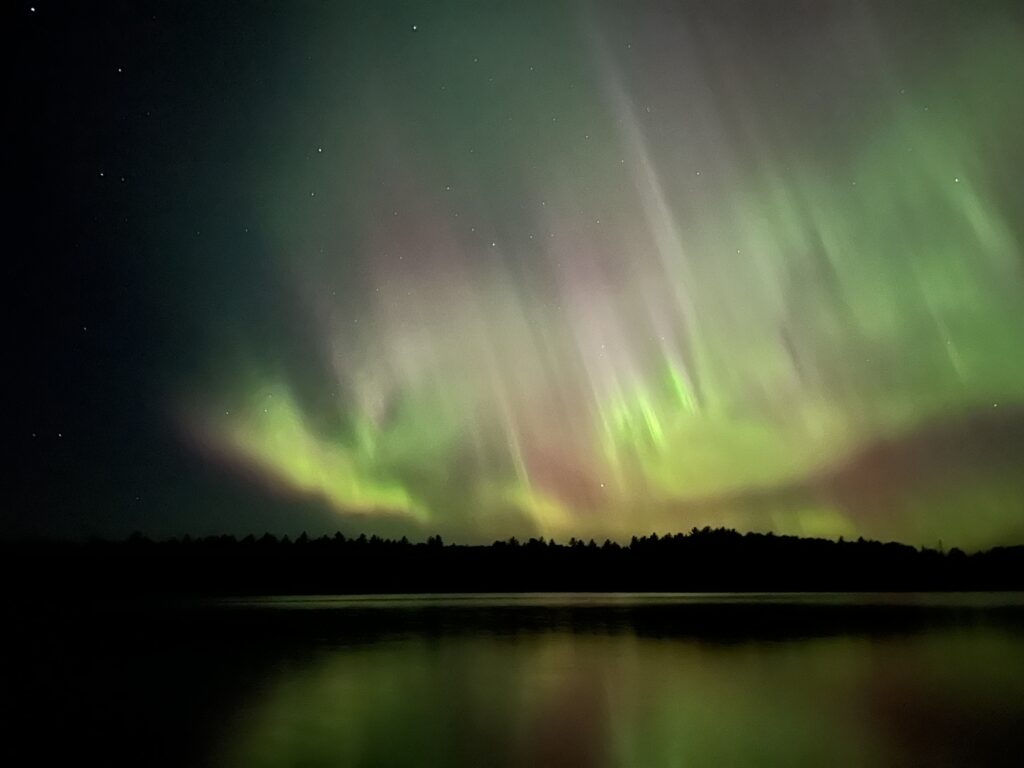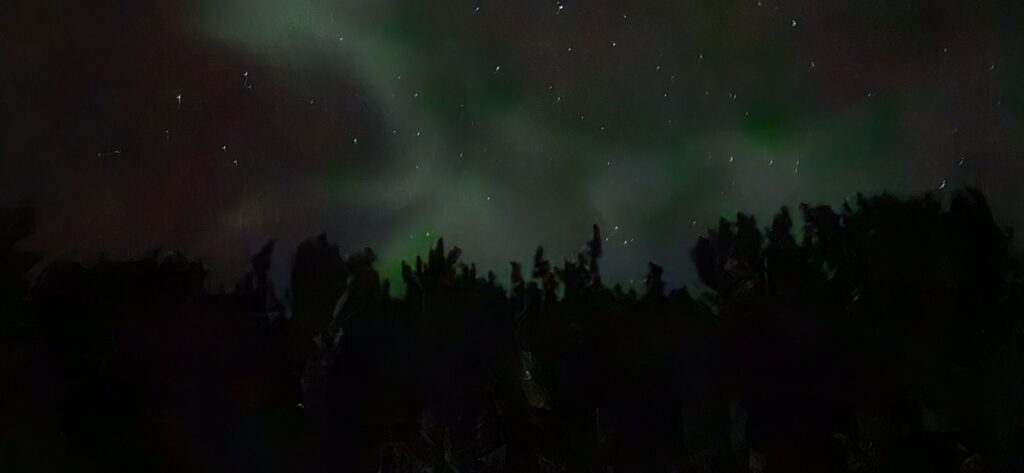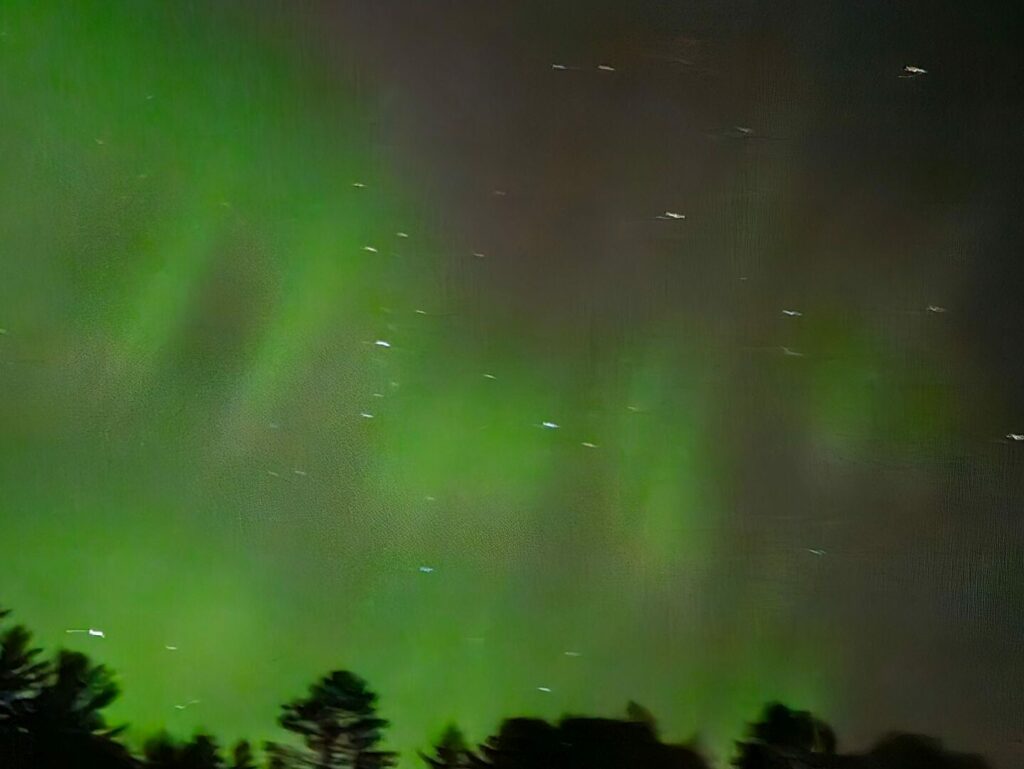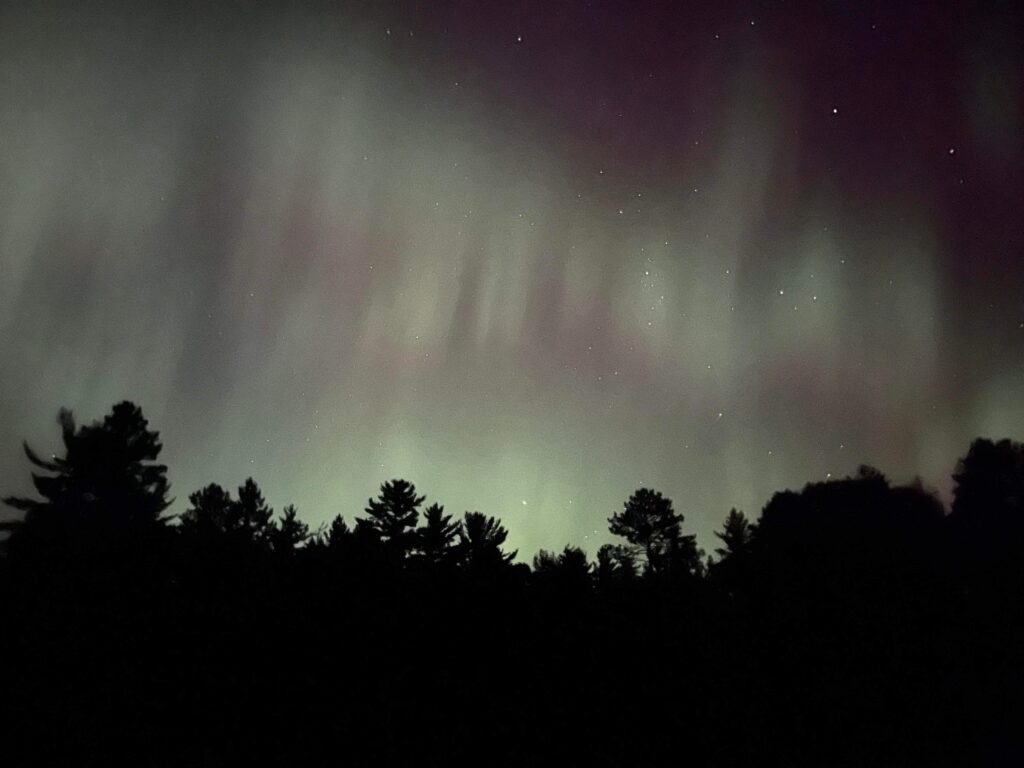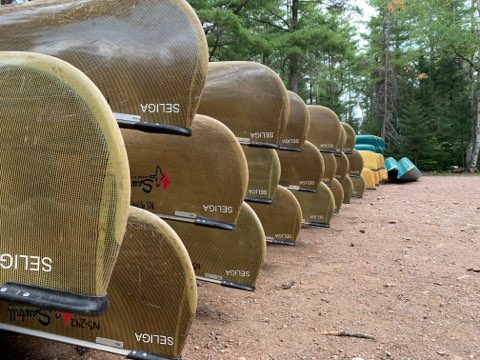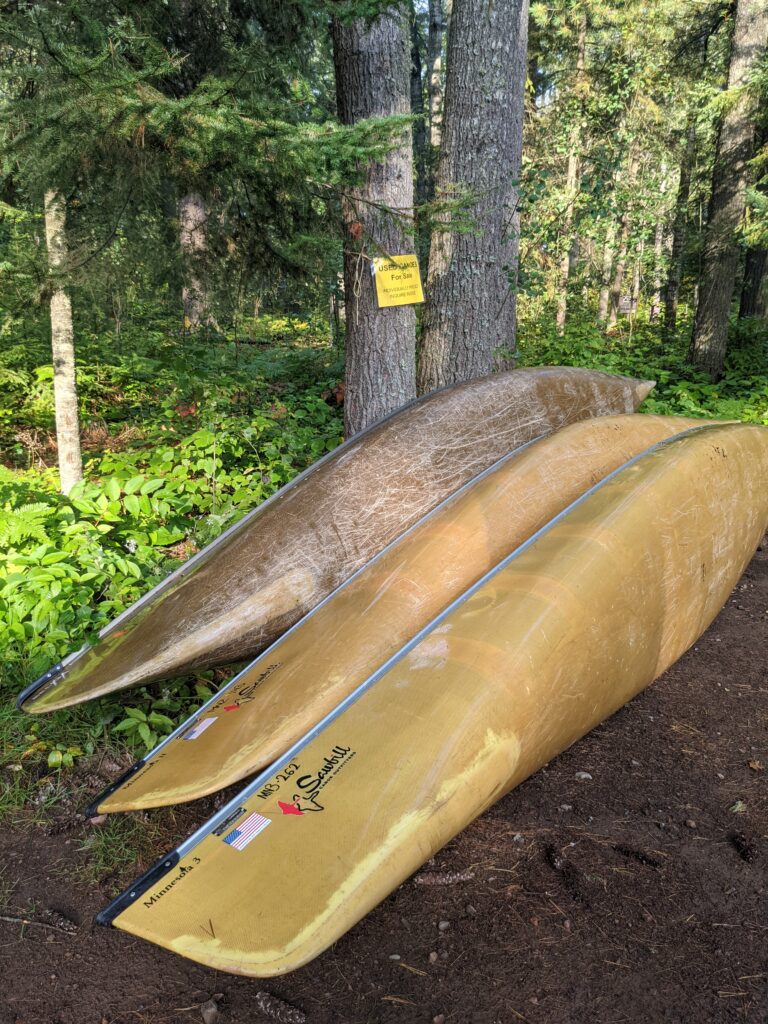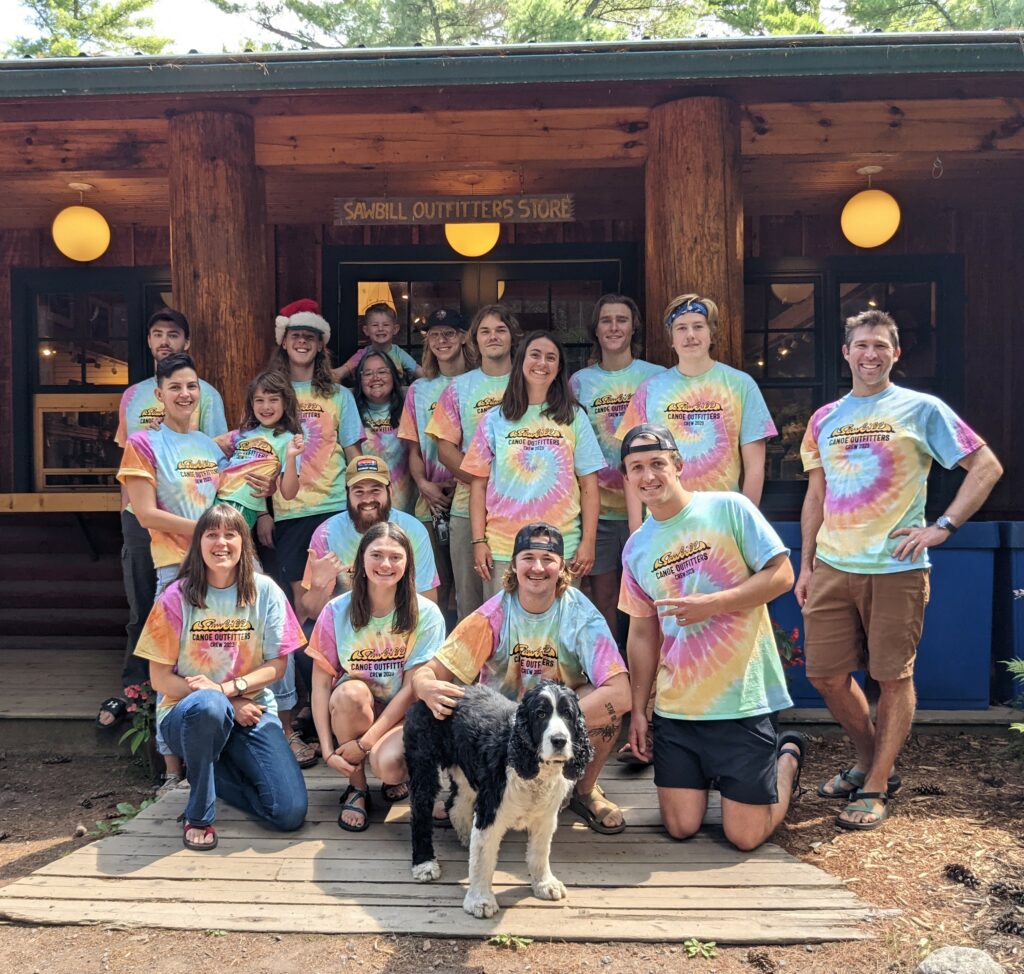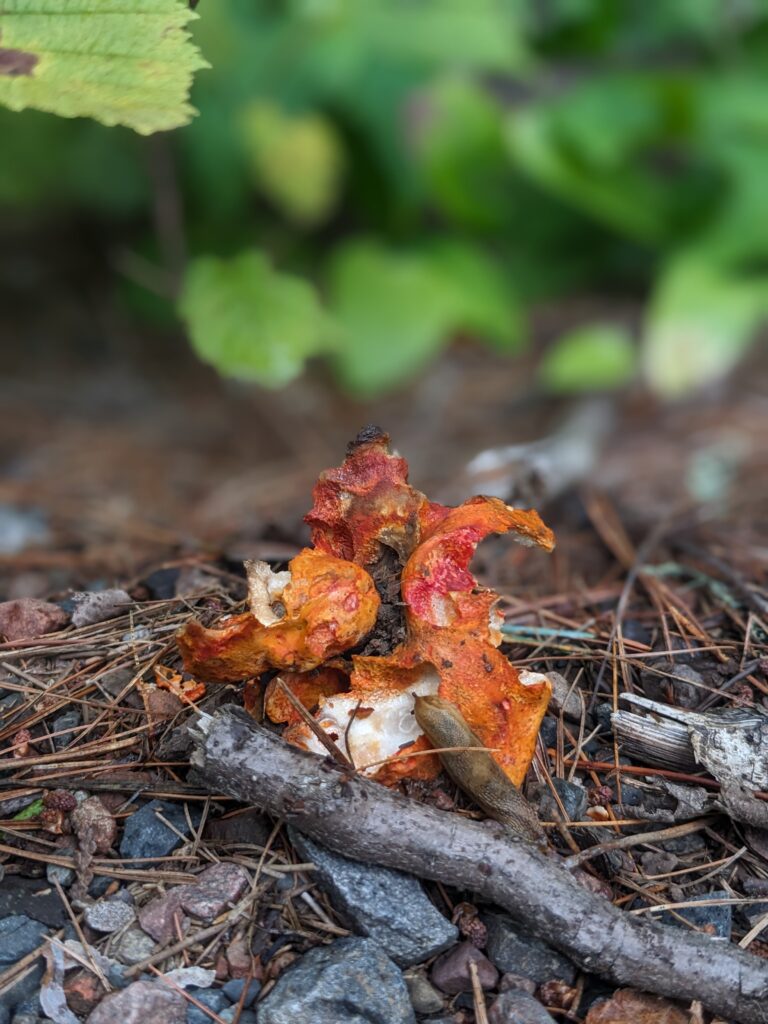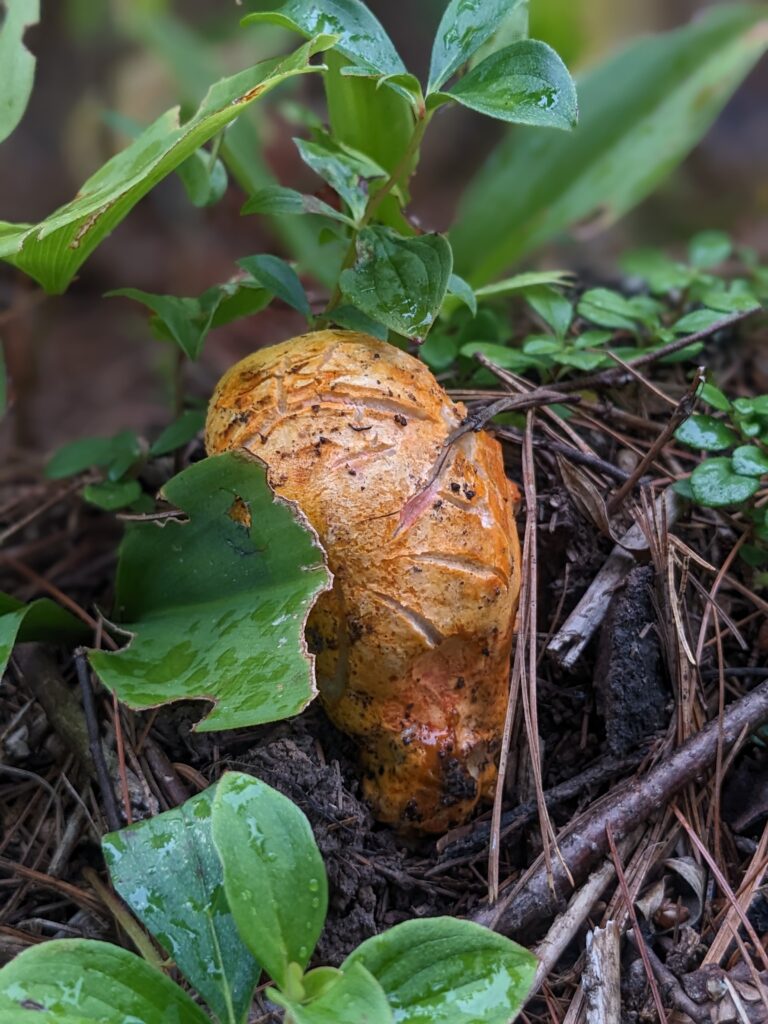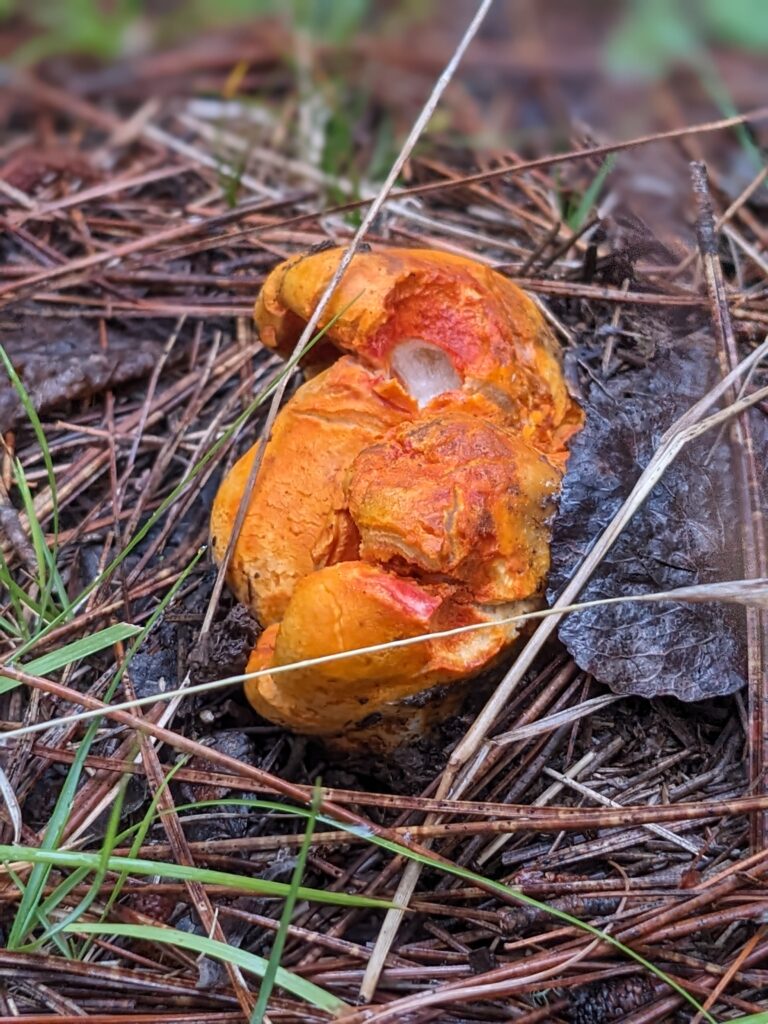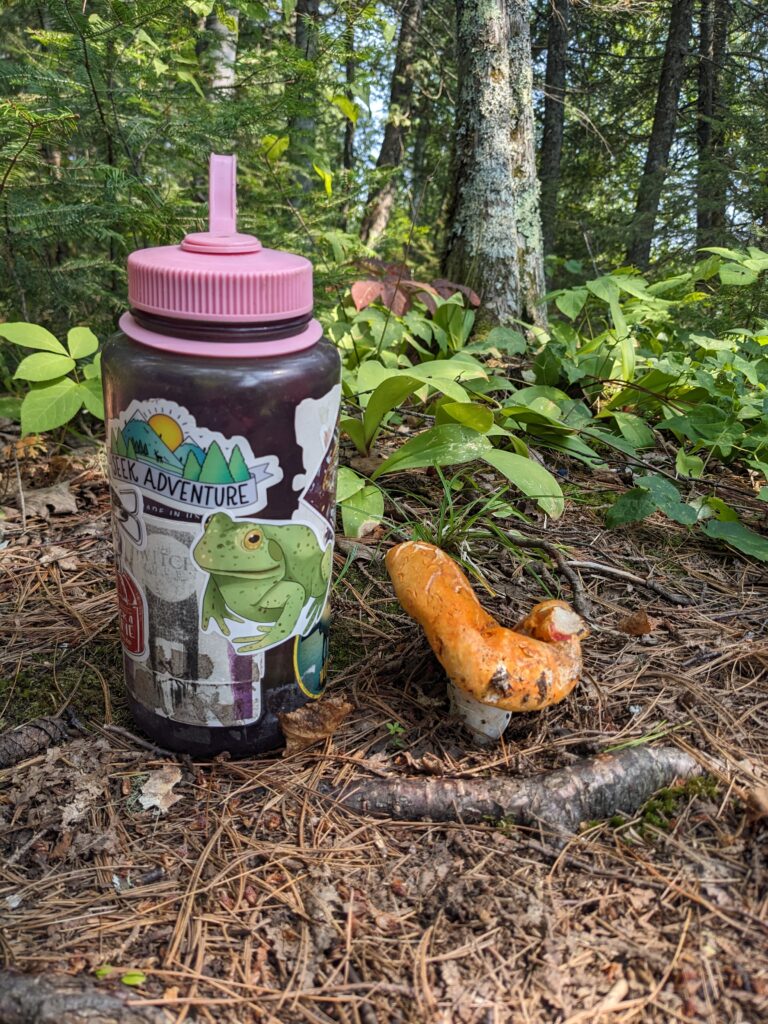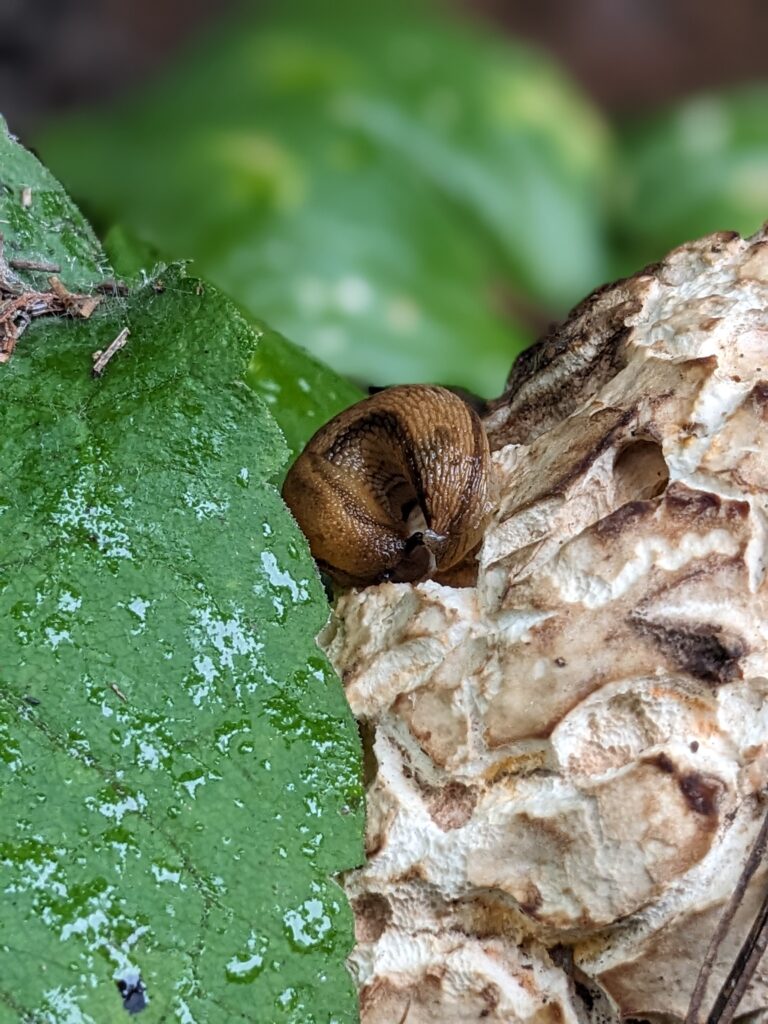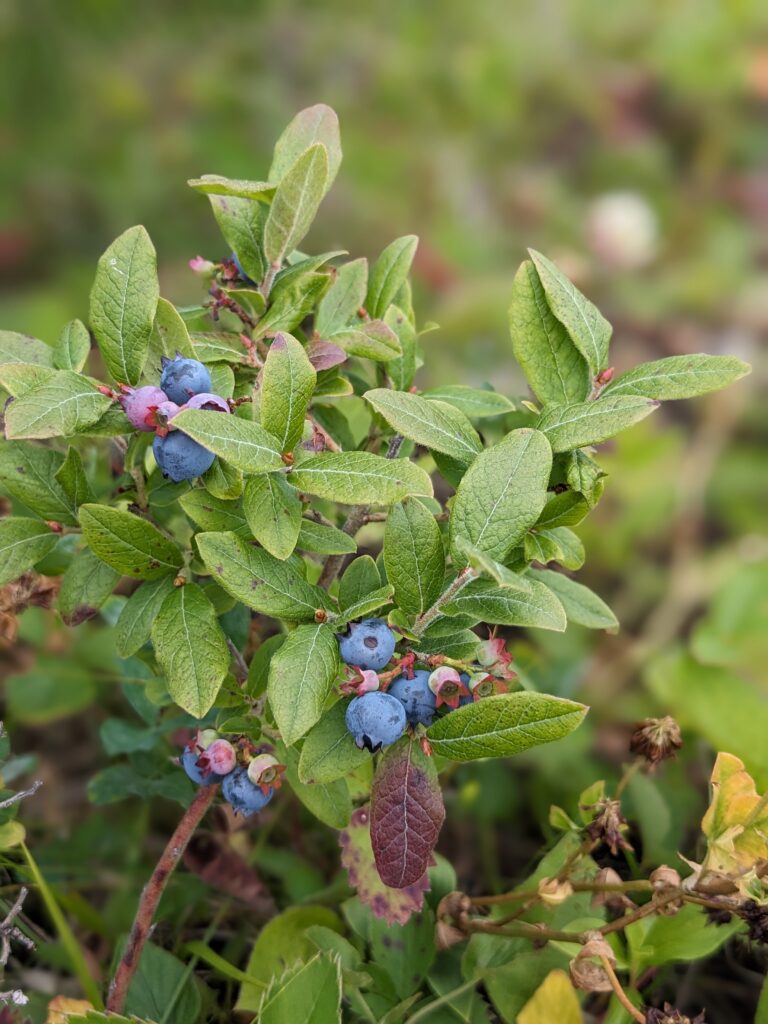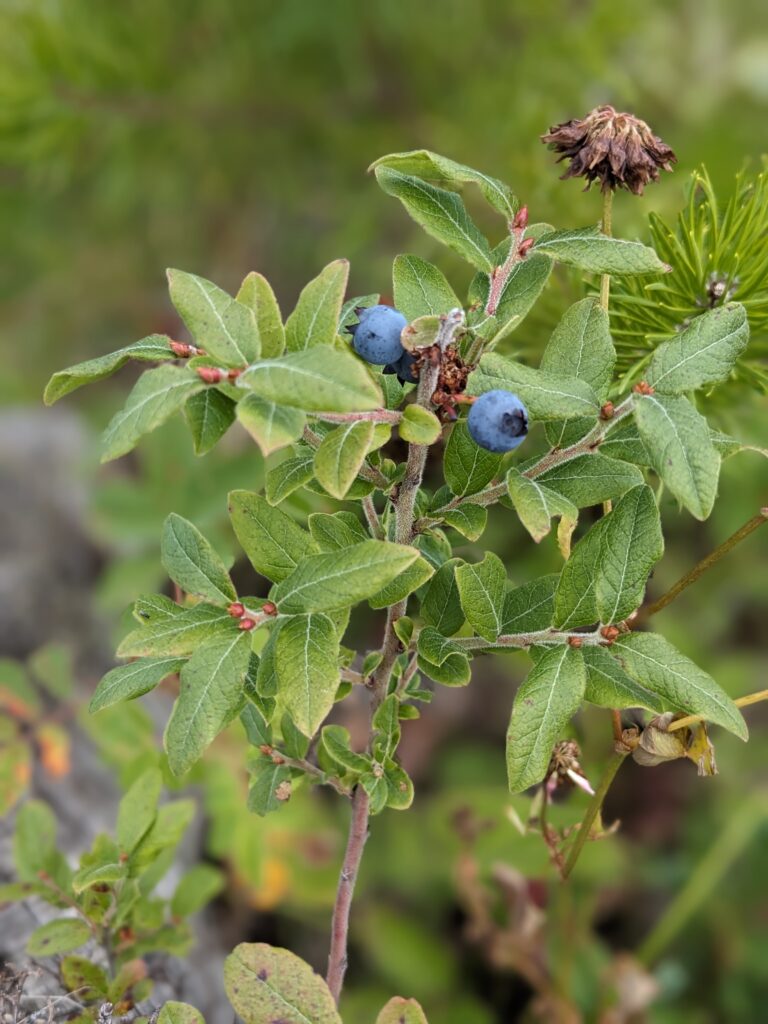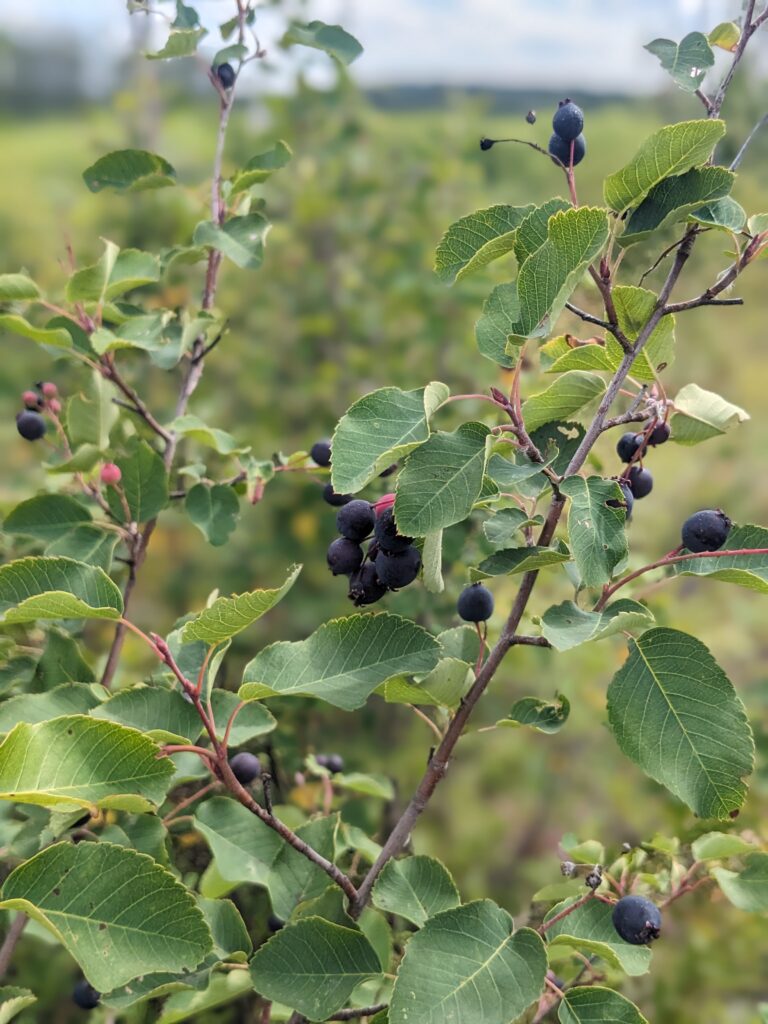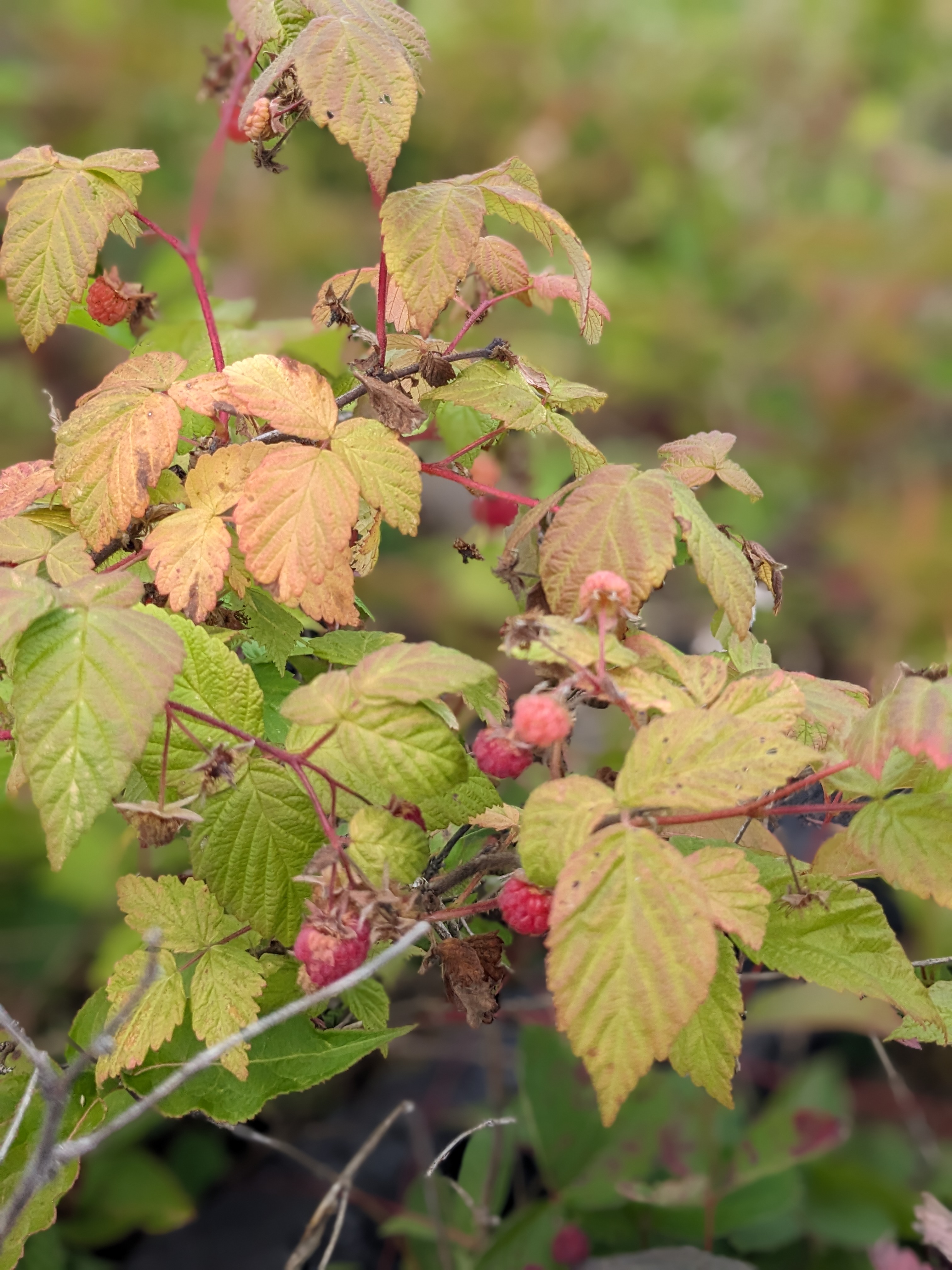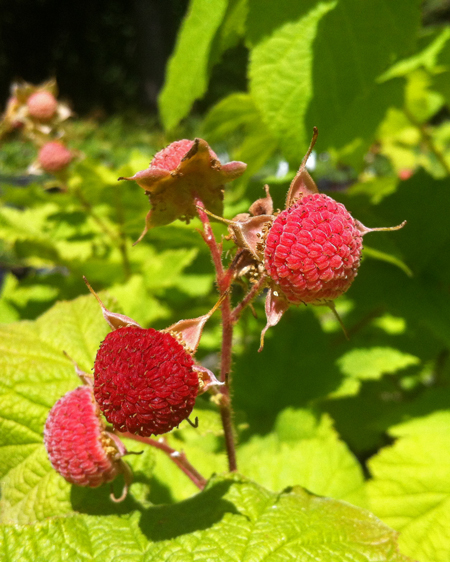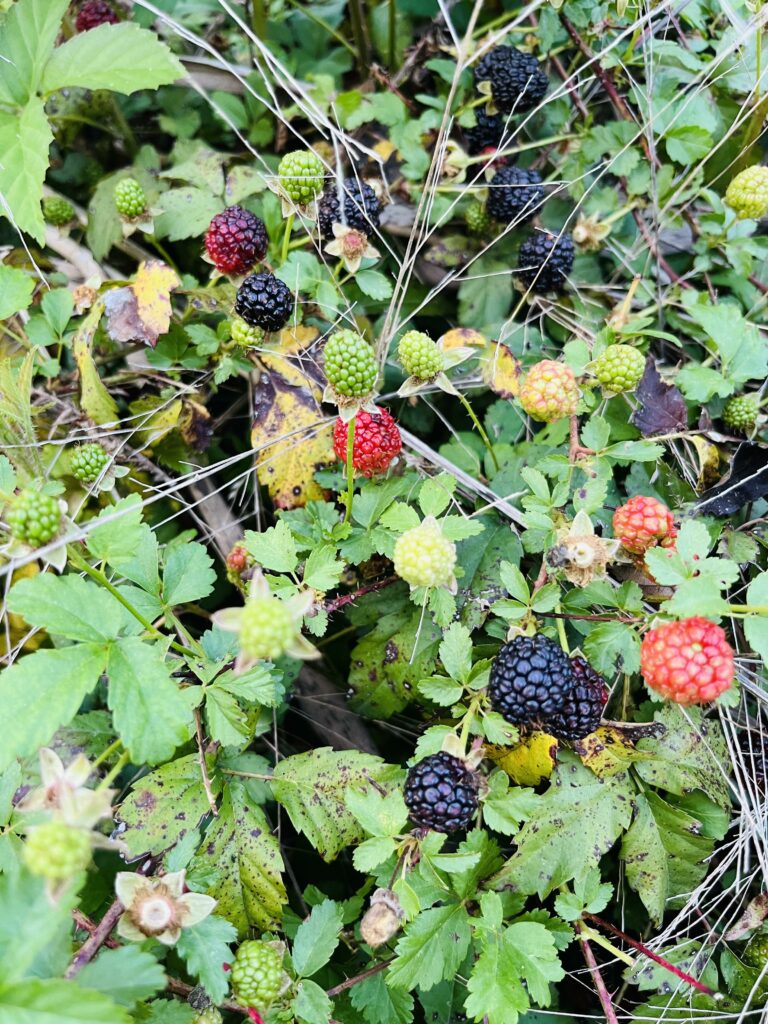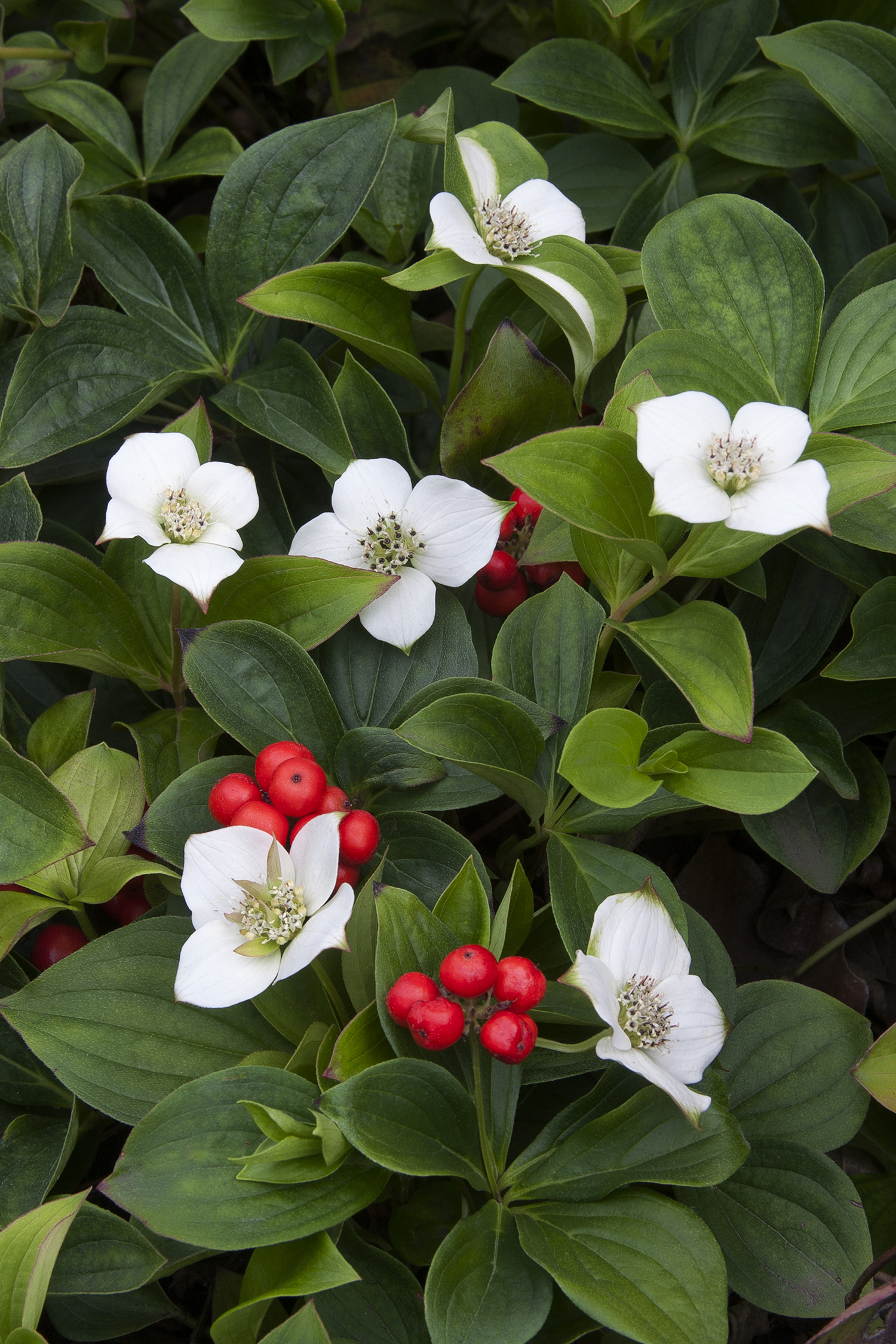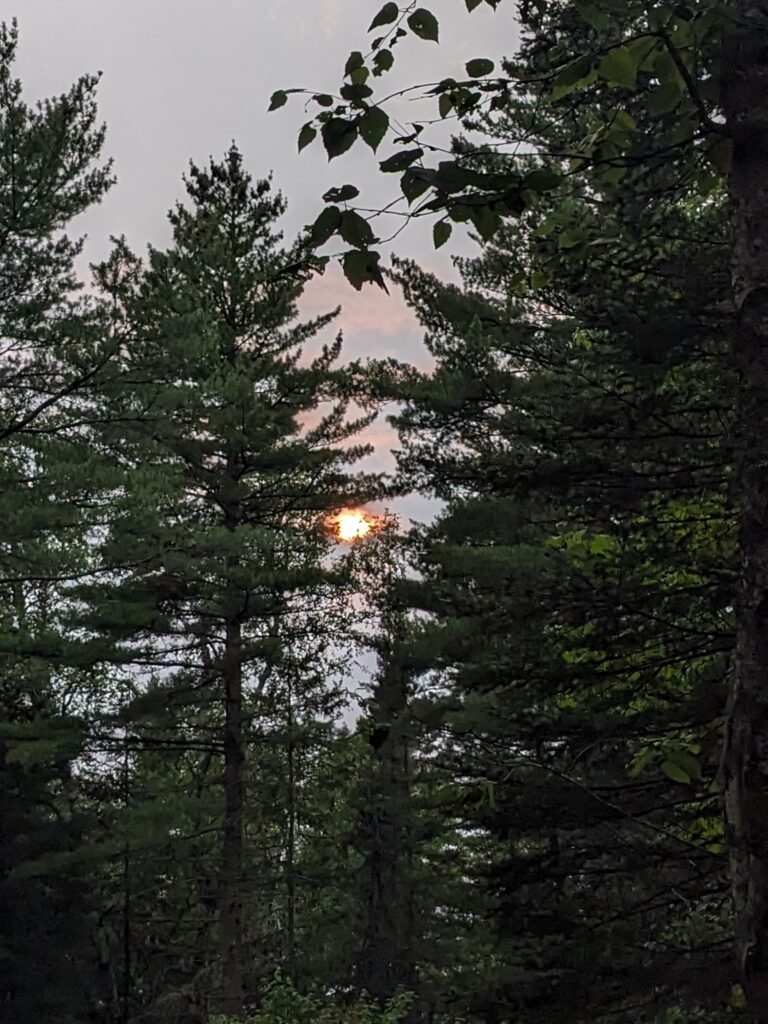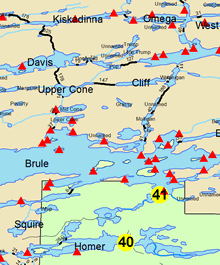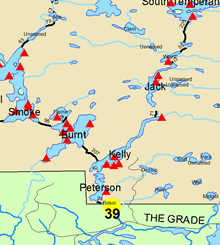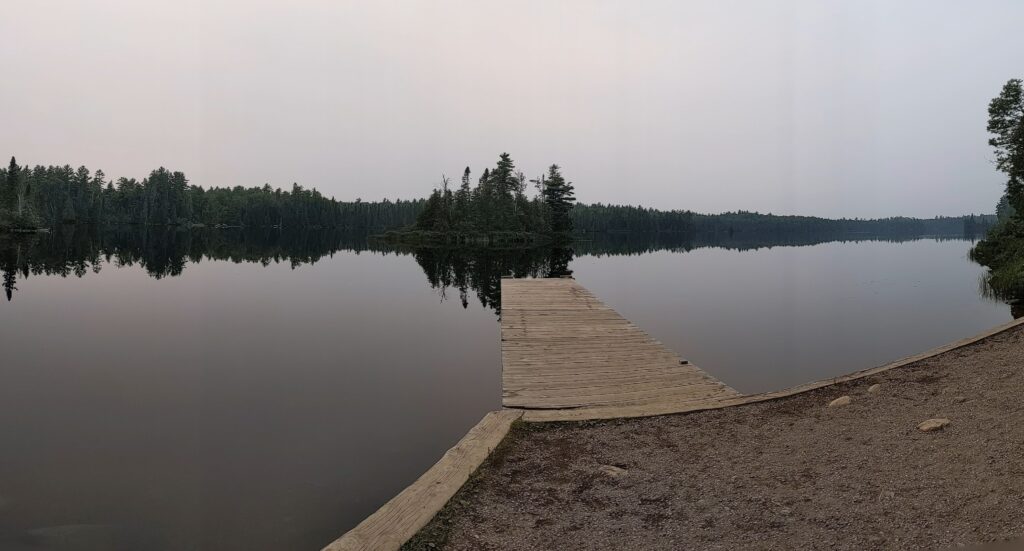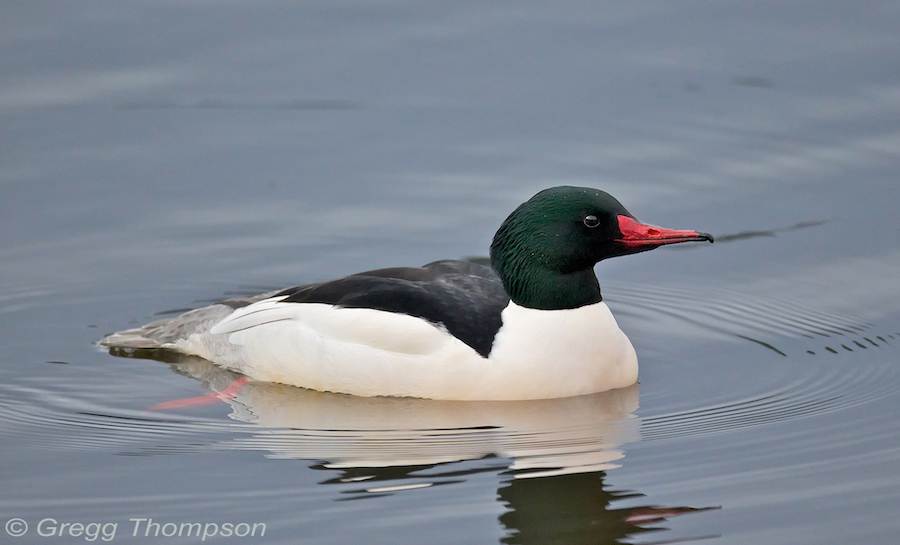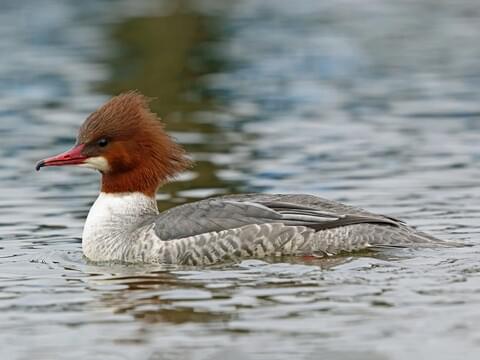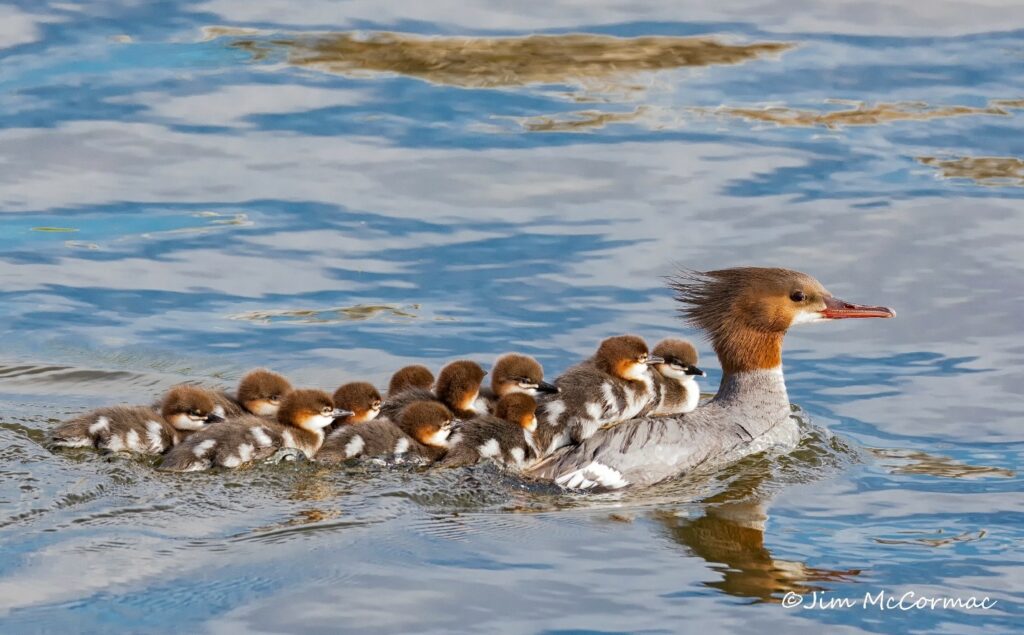9/25/23 – We have two kinds of grouse here in the Superior National Forest, the spruce grouse and the ruffed grouse. The spruce grouse is endemic to Northern Minnesota specifically, whereas the Ruffed grouse can be found as far south as Iowa. Spruce grouse are named for their habitat in coniferous forests where they feast on spruce buds and pine needles. Since they have a smaller habitat, it makes sense that they have a smaller population as well. Somewhere between 10,000 to 20,000 spruce grouse are harvested annually, with ruffed harvest numbers ranging from 250,000 to 1 million! Grouse populations rise and fall in 10 year intervals, though the annual hunt does not affect population at either end of the cycle. Ruffed grouse prefer a more diverse forest, hence the larger range. Both species consume insects as the bulk of their diet, but ruffed grouse are known to enjoy the fruits of dogwood, mountain ash, and thornapple, along with rosehips and the green leaves of clover, strawberry, bunchberry, and some ferns. Both species share common predators. Large birds of prey like the goshawk and great horned owls, as well as some mammals such as fox, martens, fishers, and bobcats. To avoid these predators in the winter, both species spend almost all of their time in snow burrows for safety and warmth. The easiest way to tell the two apart is their defining features. Spruce grouse are generally darker and have a dramatic orange cat-eye, like it is wearing colorful eyeshadow, whereas ruffed grouse have a very distinct banded fan-like tail and a ruffled neck. -Matthew



